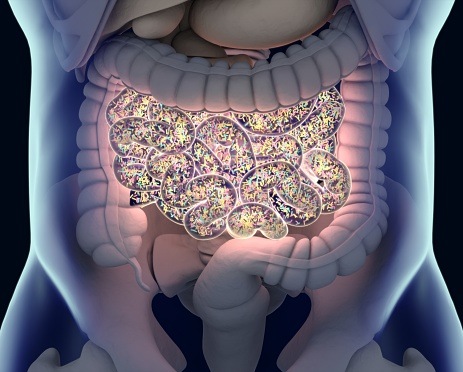
While endoscopic treatment for small gastrointestinal stromal tumors (GISTs) is common, it has not been recognized by national guidelines for tumors larger than 5 cm due to safety concerns and possible adverse outcomes.
A study led by Zide Liu, MD, and colleagues compared the long-term survival outcomes of endoscopic and surgical treatment for GISTs ranging from 5 to 10 cm.
A total of 1223 patients with GISTs were selected from the Surveillance, Epidemiology, and End Results database between 2004 and 2015. Long-term survival outcomes were compared using Kaplan-Meier analysis and log-rank tests, and a multivariate Cox proportional hazards model was used to identify potential risk factors that could influence prognosis.
A total of 144 (11.8%) patients received endoscopic treatment, while 1079 (88.2%) received surgical treatment. Before using 1:1 propensity score matching (PSM) to balance baseline data, no significant difference was noted in the long-term survival rates between patient groups (5-year overall survival [OS], 86.5% vs 83.5%; P=.42; 10-year OS, 70.4% vs 66.7%; P=.42).
After adjusting for covariates, the OS (hazard ratio [HR], 1.26; 95% CI, 0.89-1.77; P=.19) and cancer-specific survival (CSS; HR, 1.69; 95% CI, 0.99-2.89; P=.053) risks were similar.
In analysis after PSM, no significant difference was noted between the treatment groups. Long-term OS and CSS were similar for endoscopic and surgical treatment in patients with GISTs between 5 and 10 cm.





 © 2025 Mashup Media, LLC, a Formedics Property. All Rights Reserved.
© 2025 Mashup Media, LLC, a Formedics Property. All Rights Reserved.